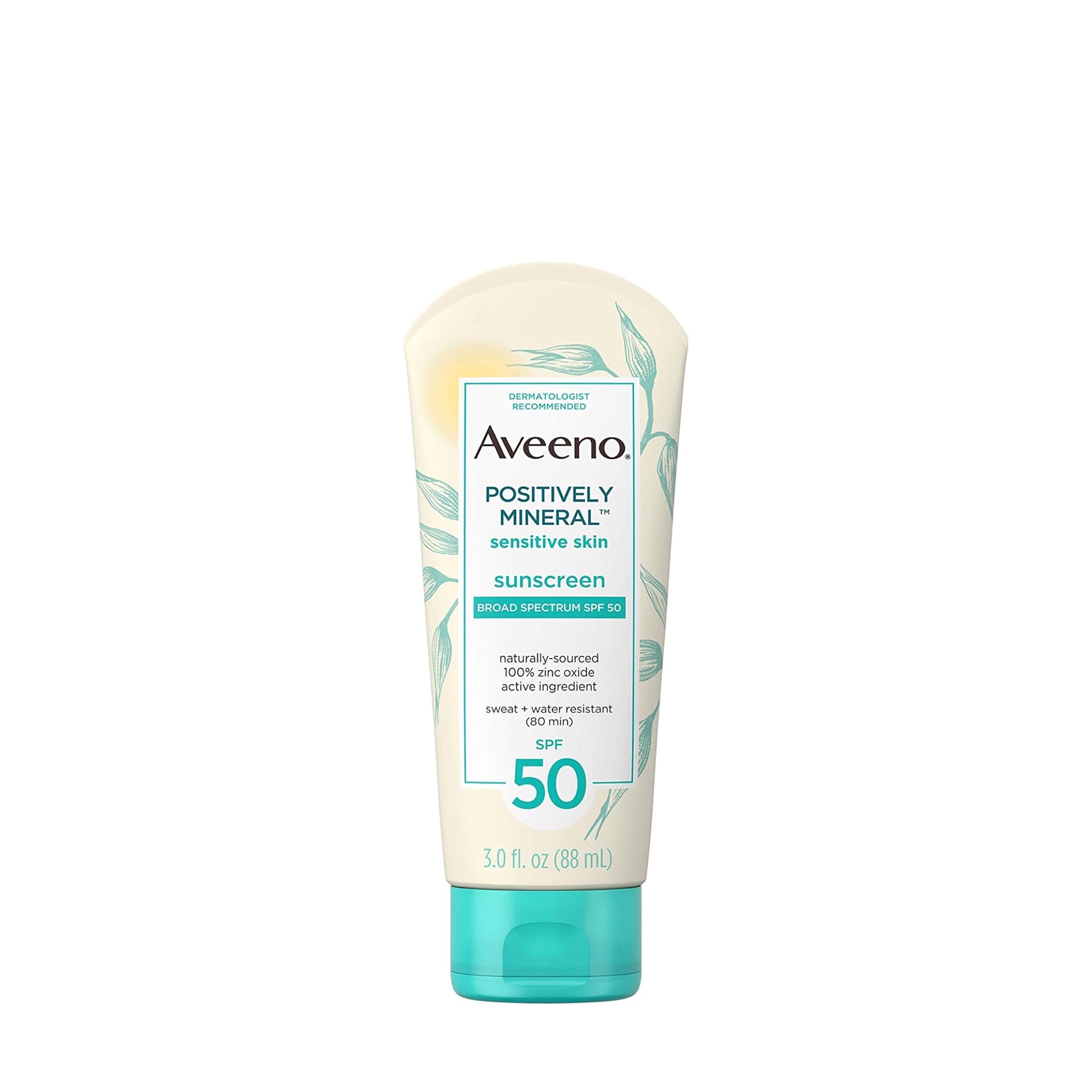The sun-kissed glow is always linked to good-looking skin. Moreover, it has many other benefits, such as promoting vitamin D, reducing anxiety, and making us happy. We love to be in the sun, but the sun is not always fun. We should remember excessive solar radiation can cause negative side effects associated with premature aging, skin cancer, or allergy. Keep reading to learn how to tan without burning and safely for the skin.
How to Tan Without Burning?
#1 Eat Sun-Friendly Food
Start your preparation for a perfect tan one month before you plan to sunbathe. Foods rich in carotenoids should be on your table regularly. Pay special attention to lycopene (hydrocarbon carotenoid) presented in tomatoes.
Based on Rizwan et al., lycopene promotes skin resistance by actively protecting against UV‐induced damage. Furthermore, in 2019, Petyaev’s study confirmed that tomatoes provide rejuvenating action in middle-aged skin.
If you have pale skin, you can’t ignore carrots, sweet potatoes, and cantaloupe. These vegetables are full of beta-carotene. It is a natural dye that contributes to the yellow pigment in your skin tone. As well as lycopene, this nutrient has protective properties and gets converted to vitamin A.
#2 Choose the Right Time
No matter what color your skin is, it’s dangerous to sunbathe from 11 a.m. to 3 p.m. At this time, the sun is exceptionally active, and the likelihood of getting sunburned is high. Get a suntan either in the morning before 11 a.m. or in the evening – after 4 p.m.

#3 Apply and Reapply Sunscreen
It would be strange not to mention good old sunscreen protection, but here it is. Generally, you have to use a broad-spectrum sunscreen with at least 30 SPF in the summertime. To understand all the difficult numbers and meanings like SPF and PA, read our previous article: "The Sunscreen Bible: How to Choose What’s Best for You."
You should apply sunscreen for 15 minutes before going outside. I also recommend you mark the time to reapply it every 2 hours, especially if swimming or excessively sweating. This ritual seems tedious, but when it’s time to do so again, remind yourself about the skin free of pigmented spots. I collected the most effective products available on the market. Feel free to grab one of them.

Supergoop! PLAY Everyday Lotion perfectly suits any skin type and can be used on the face and body. It contains only clean ingredients and is extremely effective against UVA rays. Reef-friendly. This product absorbs quickly and doesn’t leave a white cast.

Unlike the product we mentioned above, this formula is mineral-based. Most of its molecules stay on the top and physically protect the skin from the sun’s UV rays. It will suit people with oily and very sensetive skin because it contains zinc oxide, arguably the most skin-calming ingredient with anti-inflammatory properties.
#4 Maintain Water Balance
When you stay in the sun, your body undergoes a number of changes to keep a core temperature. As a result, you start to sweat, losing water and sodium, which can lead to dehydration. This is a serious condition that can lead to heat injury and even potentially life-threatening heatstroke! How to avoid it? Drink!
Let a nice bottle of water be as essential as a swimsuit for your sun tanning session. If you don’t like drinking plain water, you may add fruits, mint, or cucumber to it. Gatorade is also an excellent option to replenish lost electrolytes – but it’s high in sugar. So, instead, you may consider coconut water. It contains five main electrolytes: magnesium, calcium, phosphorus, potassium, and sodium.
Alcohol beverages, even lovely Margaritas or delicious Daiquiris, should be avoided. They may enhance dehydration and trigger the risk of getting solar dermatitis (aka sun allergy).

#5 Move Your Body
If this is your first day of sunbathing, keep a close eye on your sun exposure. Don’t lie still the entire time because you can easily get burnt. Change your position every 10 to 15 minutes for an even golden tan. Stay in the sun for no more than 30 minutes, then move into the shadow or go indoors. Remember that tanning is always stressful for your skin. It needs time to restore and adapt. Give it a break!
The subsequent exposure to the sun depends on individual reactions. If your skin has developed rashes or redness, you should avoid sunbathing for a couple of days. Those who feel good can enjoy the sun the next day, increasing exposure by 5 to 10 minutes on each side of the body.
#6 Don’t Forget About After-Sun Skin Care
As soon as you get home, treat your body well. The sun and salty water can dry out the top layer of the skin, causing itchy, scaly patches. So it would be best if you take a quick cold or warm shower. Then, apply aloe Vera gel to cool your body down. And finally, use a good amount of moisturizer with hyaluronic acid to replace the thin layer of lipids.
Wrap It Up
It is proven that sun tanning is beneficial in moderation but can be dangerous in excess. Unfortunately, our short-term vacations and aesthetic perspectives outweigh the risk of negative consequences. The tricky thing is that you may not notice any changes right away (except burns and allergies). The pigmentation, wrinkles, and even skin cancer may appear in months or even years. Knowing this information will help you to act in advance and reduce the risks of potential issues. Stay mindful, wear broad-spectrum sunscreen, and be motivated to keep your skin healthy!

